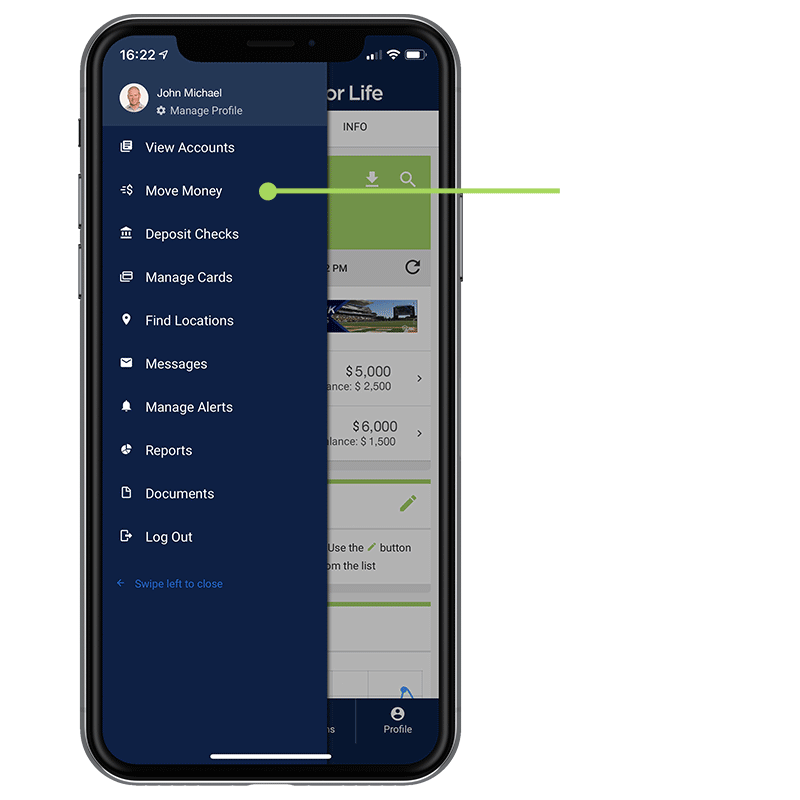Newsroom
What's going on at TFNB? Check the newsroom for latest news and information.
Read More News

Deposit checks daily without stepping into the bank.

TFNB, your trusted Waco bank, is delighted to introduce Life's Edge savings and free checking accounts that pay you for banking with us.




Charity Champions are nonprofit organizations chosen by TFNB employees after being nominated. Winners receive an awareness marketing campaign and leadership training, both funded by US.
Learn More about Charity ChampionsWithout You
Helpful, Free Financial Videos
What's going on at TFNB? Check the newsroom for latest news and information.
Read More NewsFind helpful tutorials on various subjects, including online banking and mobile services.
Go to Knowledge Center

(254) 840-3182 Fax
TFNB | Your Bank For Life 401 S. Main Street McGregor, TX 76657 United States(254) 848-4201 Fax
TFNB | Your Bank For Life 27000 W. Hwy 84(254) 851-1860 Fax
TFNB | Your Bank For Life 510 N. Valley Mills Drive, Ste 100(254) 840-3182 Fax
TFNB | Your Bank For Life 901 S. 8th Street(254) 848-4201 Fax
TFNB | Your Bank For Life 700 Elm Ave.(254) 851-1860 Fax
TFNB | Your Bank For Life 9205 Oak Creek Drive